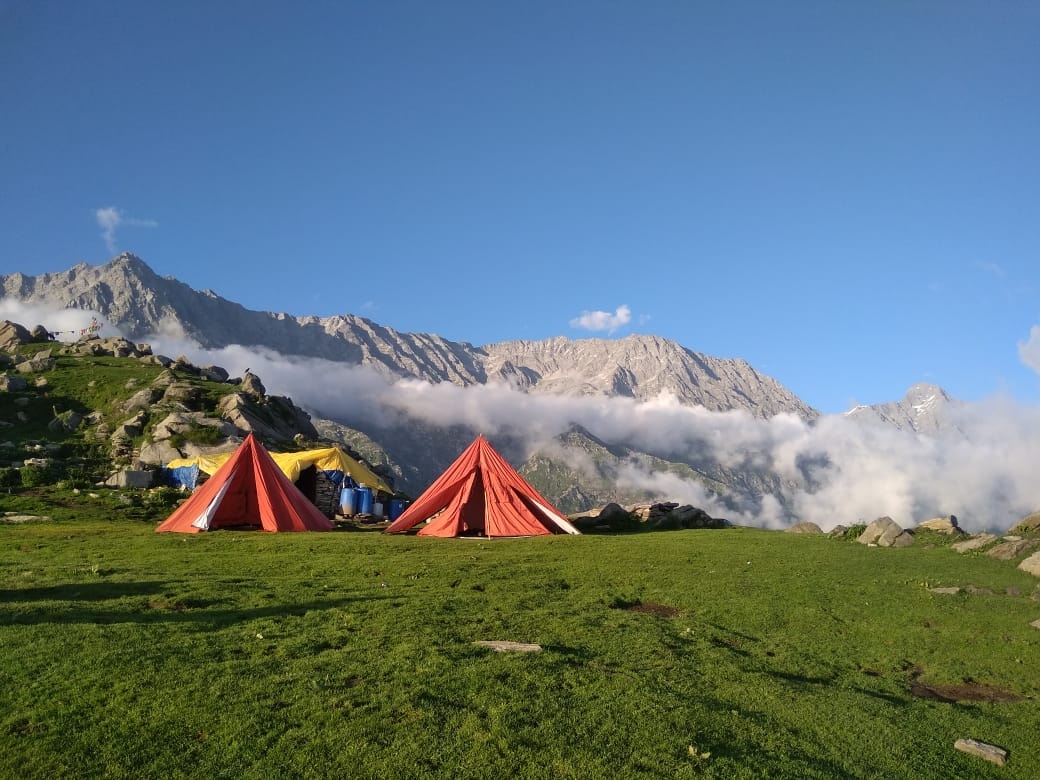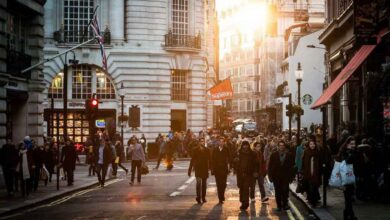Dharamshala/Mcleodganj – Home of the Tibetan Government in Exile

INTRODUCTION:
Dharamsala is located in Himachal Pradesh, northern India, in the foothills of the Himalayan Dhauladhar Range. Dharamshala (also spelled ‘Dharmshala’ and occasionally ‘Dharmsala’) is a true ‘global village’ in north India. This bustling town of 35,000 people, perched on a spur of the Dhauladhar range in the Himalayan foothills, is a bridge between worlds.
Dhasa, a combination of the words ‘Dharamshala’ and ‘Lhasa,’ is the exile residence of H.H. the Dalai Lama of Tibet and the Central Tibetan Administration (also known as the “Tibetan government-in-exile”). The area is a global, cultural, and religious crossroads, with first- and second-generation Tibetan monks and refugees mixing with local Gaddi villagers, Kashmiri businesspeople, and visitors from all over the world. It has a wide range of sights, activities, and attractions.
Dharamshala/Mcleodganj :
McLeodganj, Bhagsunag, Lower Dharamsala, and Naddi are the four main areas of Dharamsala. McLeodganj was named after Lieutenant Governor of Punjab for the British Empire, David McLeod. It now serves as the residence of the Dalai Lama and the Tibetan government-in-exile. During the peak season, the town is swarmed with tourists and spiritual pilgrims.
The main attraction in McLeodganj is the Thekchen Choling, which houses the Dalai Lama’s residence, as well as the Tsuglagkang (main temple). The complex, which is made of concrete and has a simple design, provides a place for Tibetan refugees to pray. Its simplicity reflects the Dalai Lama’s decision to avoid lavish Tibetan style in order to respect the refugee community’s limited resources.
McLeodganj’s narrow streets radiate from the main square and are lined with hotels, internet cafes, shops, and stalls selling everything from Kashmiri shawls to goat-blood sausages, turquoise and coral jewellery, musical instruments, and Tibetan hand-made paper. Tibetan, Punjabi, Italian, French, Chinese, Korean, Japanese, and Israeli cuisines are available in the town.
The Institute of Buddhist Dialectics and Namgyal Monastery, from which the Dalai Lama’s personal attendants are chosen, are adjacent to the main temple. Behind the palace, the Mani Path leads to a residence for retired members of the Tibetan administration. The Gangchen Kyishong, the seat of the Tibetan government-in-exile, is a five-minute taxi ride down the steep jeep road towards Dharamsala.
The Assembly of Tibetan People’s Deputies oversees all government departments, including religion, culture, education, health, and finance, while also contributing to the fight for a free Tibet. The government complex also houses the Tibetan Works and Archives Library, which was built in 1971 and houses statues, paintings, and books, many of which were salvaged from Tibetan monasteries.
The Men Tse Kang Tibetan Medical and Astrological Centre is a two-minute walk away. The medical centre houses the largest Tibetan pharmacy outside of Tibet, where staff bring medicinal plants collected throughout Himachal Pradesh for processing.
Lower Dharamsala was established as a military cantonment by the British when they annexed the kingdom of Kangra in 1846. It is now a small, thriving Indian town with streets lined with shops selling textiles, clothing, and household goods. The surrounding agricultural land provides some of the best views in the region, all the way up to the Dhauladhars.
Bhagsunag is notable for its temple, which is administered by the Indian Army’s Gurkha Rifles and named after the mythical Rajasthani King Bhagsu and the snake god Nag, with whom he fought. A clean outdoor swimming pool, fed by a mountain spring, is nearby. Many shops, hotels, and roadside stalls sell jewellery and crafts from Nepal, Kashmir, and Rajasthan. Traditional Ayurvedic herbs and medicines are also sold at stalls, and roadside henna artists perform temporary tattooing. Naddi, a Gaddi village, is a 15-minute taxi ride from McLeodganj. Viewpoint Naddi provides breathtaking views of the Dhauladhar Mountains to the north and the sunset to the west.
To conclude, The settlement of McLeodGanj, which runs along a ridge overlooking Dharamshala proper, is the heart of the Tibetan community in Dharamshala. Dharamshala attracts a diverse range of people from all over the world who come to study, meditate, and contribute to the Tibetan cause.
Some visitors come solely for the scenery (or “scene”), but those who take the time to delve beneath the surface are usually transformed by their experiences.
Many people return home to live their lives more fully and to positively transform their own lives and communities. Others, however, appear to become’stuck’ here for months or even years, drawn by the beauty of the natural surroundings, the warmth of the people, the wisdom of Tibetan and Indian spiritual traditions, as well as the Tibetan crisis’s urgency




